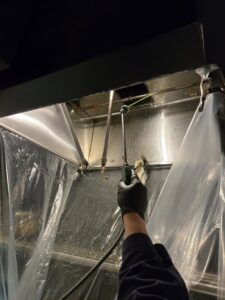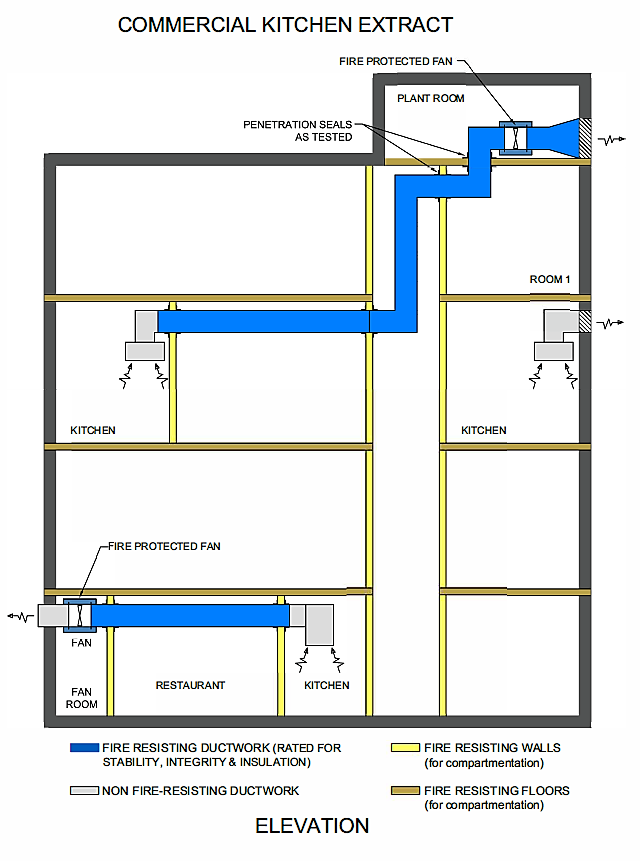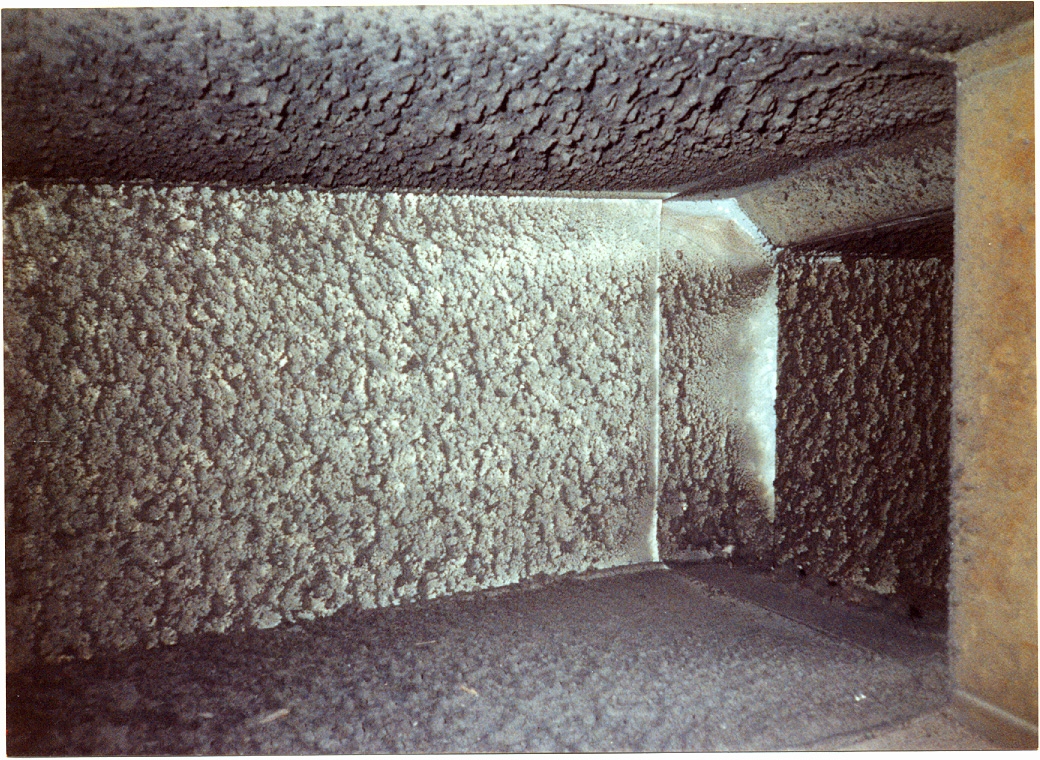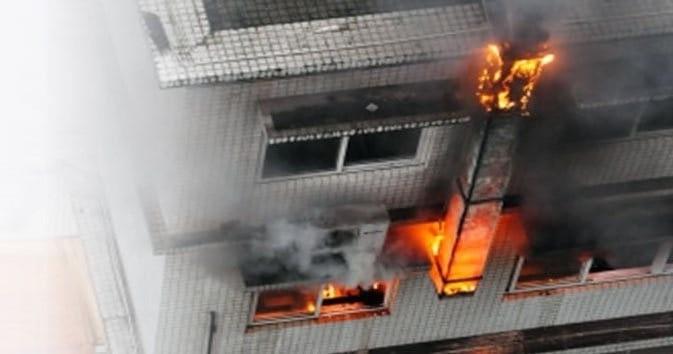It’s not often you see a really well written story about duct hygiene and fire safety in the mainstream media, but this one from CBS News in the USA is pretty good.
It covers all the points about the dangers of dirty kitchen extract systems and necessity of kitchen extract duct cleaning. It goes on to talk about the regulation by city and fire safety authorities in Miami, New York and Boston, for example, to ensure properly inspected and cleaned systems. Kudos to Jacob Chekov, CEO of Done Right Hood & Fire Safety for inspiring the article.
But you know, if there’s one thing I’d complain about, it’s that Americans tend to call it ‘hood’ cleaning. It’s probably completely embedded now in the American-English language and business but it’s actually still quite a big problem.


Cleaning a kitchen extract canopy
Schematic of kitchen extract ductwork through fire barriers


Combustible grease and fibre in kitchen extract duct
Burning, glowing kitchen extract riser
Kitchen owners and operators sometimes cannot see beyond the hood or canopy. That’s obvious to them – it’s the big metal box in the kitchen that makes a noise!
The ductwork potentially spreading fire by breakout, collapse, radiant heat or even leakage of burning oil is not so obvious to the owner/operator.
That ductwork may pass through occupied areas, even sleeping accomodation (hotels, apartments) and can – as the phrase has it – act like a fuse to carry fire to different parts of the building. It often runs hidden behind walls, above ceilings, and not always in protected fire compartments.
It’s our job as specialists to educate the owner/operator/user, and indeed their landlords, neighbours and insurers to the critical importance of keeping that ductwork clean and free of combustible deposits.
Thinking about language: don’t get me started on ‘Kitchen Extract’ (British English) meaning pulling fumes out of the kitchen and Kitchen Exhaust (American English) meaning, I think, pushing fumes outside!